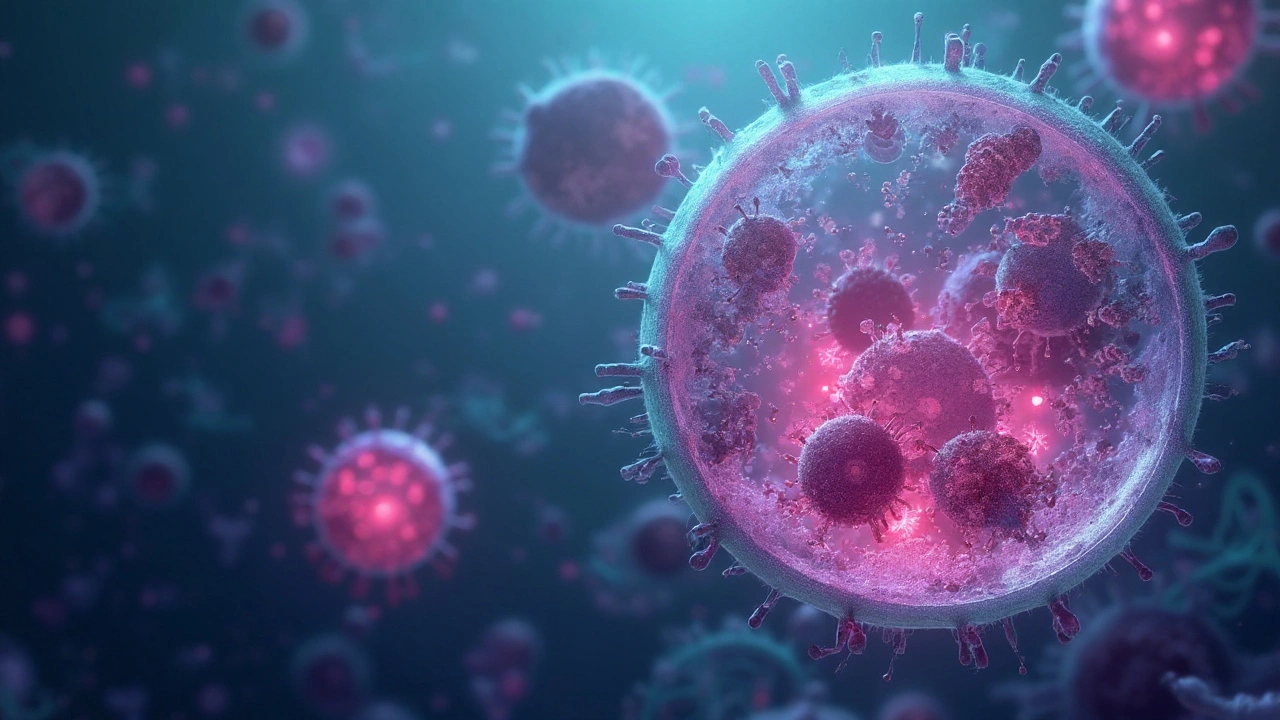STI: Symptoms, Testing, Treatment & Prevention
Sexually transmitted infections affect millions every year, but most people don’t know what to look for or how to act. On this page you’ll find straight‑forward answers about the most common STIs, what they feel like, how to get tested, and what treatments are proven to work. No jargon, just the facts you need to stay healthy.
Common STI Symptoms
Not every infection shows up right away, but many have tell‑tale signs. A burning sensation when you pee often points to chlamydia or gonorrhea. Unusual discharge—white, yellow, or green—can mean the same bugs or trichomoniasis. Sores, bumps, or warts around the genitals are classic for herpes, HPV, or syphilis. Some people get flu‑like aches, fever, or swollen lymph nodes, especially in the early stage of HIV or syphilis. If you notice any of these changes, treat them as a warning and move to testing fast.
How to Get Tested & Treated
Testing is quick, confidential, and usually painless. You can walk into a clinic, use a home‑collection kit, or ask your primary‑care doctor for a blood or swab test. Most clinics can run a basic panel for chlamydia, gonorrhea, syphilis, and HIV in a single visit. If you test positive, treatment depends on the infection.
Chlamydia and gonorrhea respond well to a short course of antibiotics—usually an oral dose of azithromycin or a single injection of ceftriaxone. Herpes is a viral infection, so doctors prescribe antiviral creams or pills to reduce outbreaks and transmission risk. HPV‑related warts can be removed with topical treatments or minor procedures, while the vaccine protects against the most dangerous strains. Syphilis needs a single injection of penicillin in early stages, and more doses if it’s advanced. HIV treatment uses a lifelong cocktail of antiretroviral drugs that keep the virus suppressed and health good.
Don’t skip follow‑up appointments. Many infections can reappear or need retesting to confirm they’re cleared. If you’re on antibiotics, finish the full prescription even if symptoms fade—unfinished doses let germs survive and become resistant.
Prevention works best when you combine several habits. Use condoms or dental dams every time you have sex, even with a steady partner, because many infections spread without symptoms. Limit the number of sexual partners and talk openly about STI history before getting intimate. Regular testing—at least once a year if you’re sexually active—catches infections early when they’re easiest to treat.
Vaccines add an extra safety net. The HPV vaccine is recommended for teens and adults up to age 45, and the hepatitis B vaccine protects against a blood‑borne virus that also spreads sexually. If you’re at higher risk, ask your doctor about the hepatitis A and B series.
When should you see a doctor right away? Any painful urination, severe pain during sex, a fast‑growing sore, fever, or a rash that won’t go away deserves prompt attention. These could be signs of a serious infection that needs immediate care.
Remember, an STI diagnosis isn’t a life sentence—it’s a health issue you can manage with the right information and treatment. Use the resources on this page to recognize symptoms, get tested, and start proven therapy. Staying informed keeps you and your partners safe, and that’s what the SES‑CAB advisory board is all about.
Chlamydia and Your Immune System: Understanding the Connection
- Cheryl Moran
- September 25, 2025
- 15 Comments
Explore how Chlamydia interacts with the immune system, why it often goes unnoticed, and what the body does to fight it. Learn about symptoms, treatment, and prevention in plain language.
read more